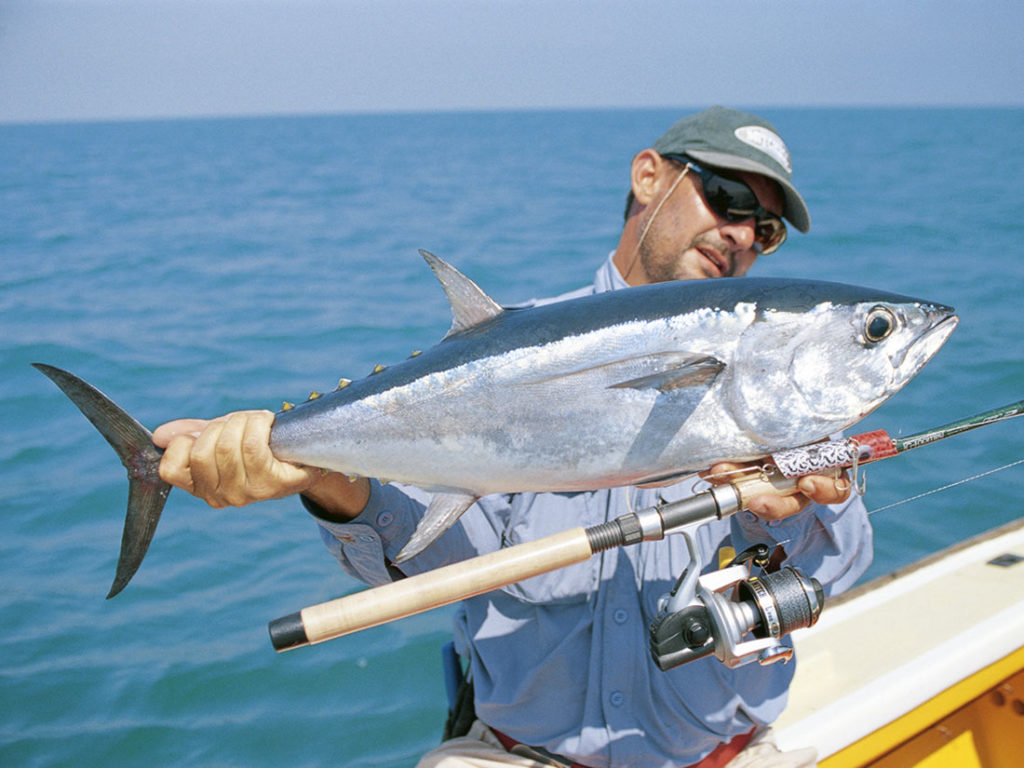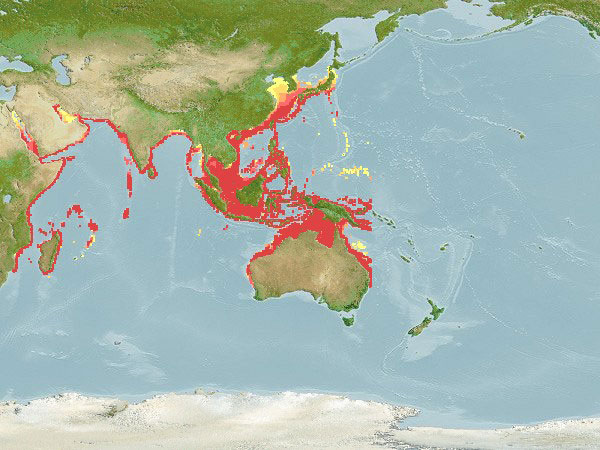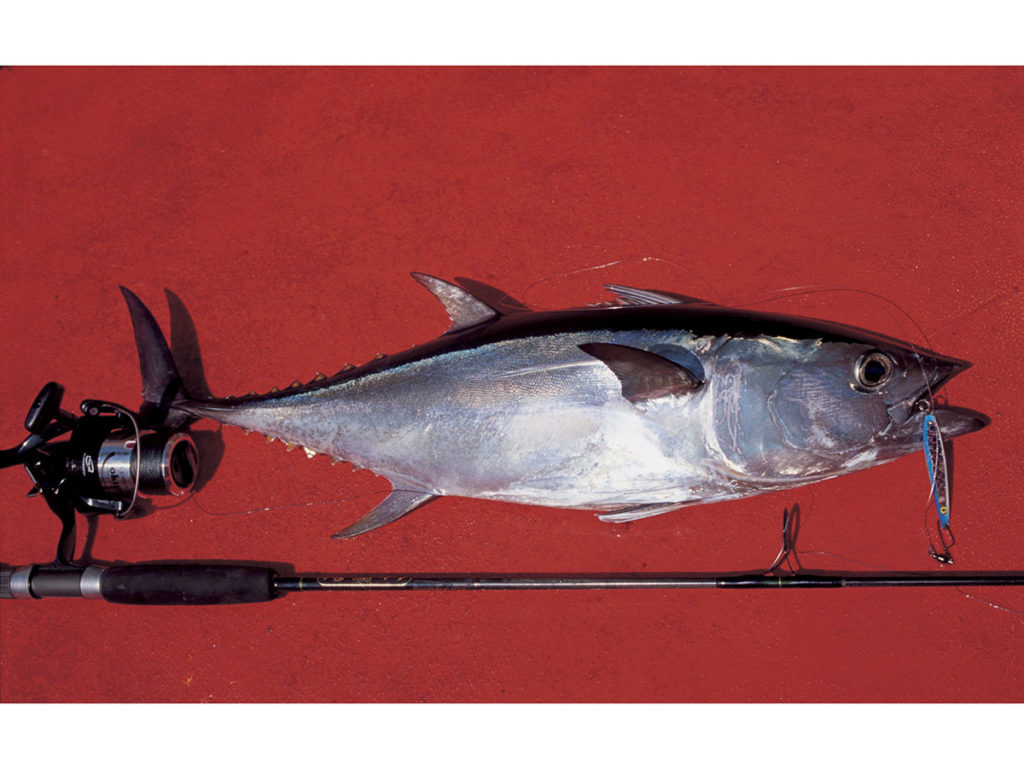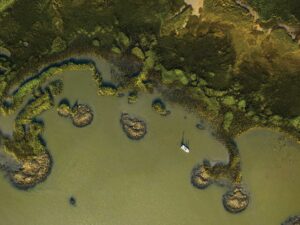
I caught my first northern bluefin tuna 20-some years ago, off northernmost Australia’s Cape York peninsula. Only it turns out, I didn’t actually catch a northern bluefin, because there’s no such thing.
There is a southern bluefin tuna — the counterpart to the giant Atlantic bluefin, the southern bluefin (Thunnus maccoyii) grows to many hundreds of pounds in southern seas, particularly off New Zealand and southern Australia.

A Favorite Tuna in Australia
As I learned later, my “northern bluefin,” as the species is widely known, was in fact a longtail tuna (Thunnus tonggol). If I was taken in by that common misnomer (northern bluefin) Down Under, it’s excusable since like nearly all American anglers, I had no idea of the existence of longtail tuna, which occurs only in the tropical/subtropical central Pacific and around much of Southeast Asia.
But to anglers around the upper coast of Australia, longtails are a prized coastal pelagic, abundant (particularly seasonally) and accessible near shore where schools prowl and pillage baitfish. Longtails are a common source of surface “bust-ups,” slashing through bait schools. In some areas, they feed quite near rocky headlands, where land-based anglers can hook them up. As true tunas, longtails are obligate ram ventilators, so they must swim to live and can never stop while still alive. Much like little tunny (bonito or false albacore), longtails will slam lures and flies tossed into a melee, and most of the time spoons, stickbaits, metal jigs and poppers will take them. They can, however, turn shy at times and might not be easy to fool. Typical of tunas, longtails offer line-burning, streaking runs and prove stubborn near the boat.

How to Identify a Longtail Tuna
In fact, the longtail is easily distinguished from a true bluefin. It’s considerably more elongate in shape, particularly — true to its name — in the caudal peduncle, the narrow area just before the tail. Among other distinctions are the clear, large oval spots running in horizontal rows along its lower sides. And of course, its size is far less than true bluefin. The IGFA all-tackle world record stands at 79 pounds, 2 ounces, caught by Tim Simpson off Australia’s Montague Island (New South Wales) in April, 1982, when it took a scad.
The species is primarily caught recreationally. Longtails are considered good eating if not choice, particularly when bled and iced immediately after their capture.









